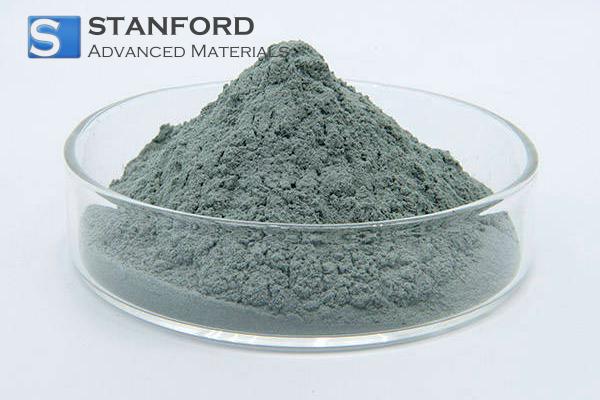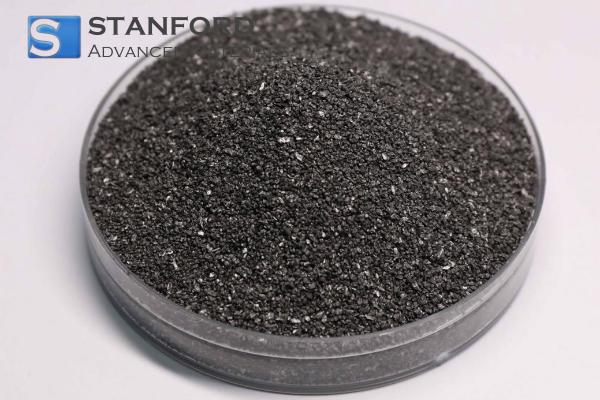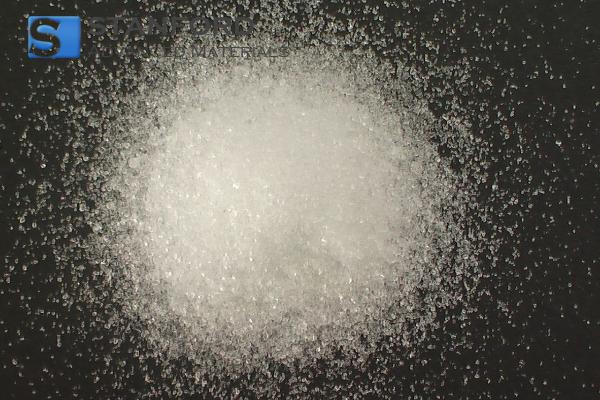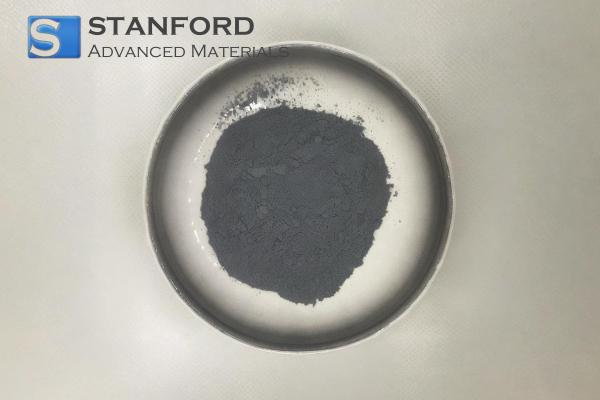Eutectic Point: Basics And Uses
What is Eutectic Point
The eutectic point is a crucial point in material science and metallurgy, comprising the very specific composition and temperature at which a mixture of two or more substances solidifies into two or more distinct phases simultaneously. This characteristic is vital for obtaining control over the properties of materials, particularly alloys, and it has essential applications in methods of their preparation.
Eutectic Systems
Definition and Characteristics
A eutectic system consists of a composition of two or more components that undergo solidification upon cooling at a single temperature and composition. The liquid phase at the eutectic composition is transformed into two or more solid phases simultaneously during solidification. As a result, it forms a fine homogeneous microstructure. This simultaneous solidification is key to enhancing the material's mechanical properties, such as strength, wear resistance, and thermal stability.
In simple terms, eutectic systems form the lowest melting point of the mixture and hence are valuable in processes requiring precision control on melting and solidification.
Phase Diagrams
Phase diagrams are widely used to illustrate eutectic systems. A phase diagram maps the relationship between temperature and composition, and the phases that exist in a material. The eutectic point is usually expressed as a sharp intersection in the diagram, where the liquid phase directly transforms into two solid phases. This enables the engineer to identify the appropriate composition and temperature for processing the material.
Applications in Material Science
The eutectic point is fundamental to various material science and engineering fields, particularly in those processes that require materials to show specific mechanical properties. It is here that manufacturers can achieve uniformity, improved strength, and lower production costs by tailoring the composition to the eutectic point in a variety of products. Eutectic systems are used in:
• Soldering: Lower melting points and higher fluidity make eutectic alloys ideal for joining metals.
• Casting: Eutectic alloys have uniform solidification, which is critical in producing intricate and reliable castings.
• Electronics: Soldering materials for microelectronic components depend upon eutectic alloys for dependable contacts.
Eutectic Alloys
Composition and Properties
Eutectic alloys are a class of technologically developed materials made up of a combination of two or more elements, showing simultaneous solidification at the eutectic temperature and at the eutectic composition. Such alloys generally possess better mechanical properties in terms of strength, ductility, and corrosion resistance compared to non-eutectic mixtures. This fact can be explained by the homogeneous microstructure that appears upon the solidification of the material as two or more phases.
Examples of common eutectic alloys include the tin-lead (Sn-Pb) solder alloy, the aluminium-silicon (Al-Si) casting alloys, and the silver-copper (Ag-Cu) electrical component alloys.
Manufacturing Processes
Producing eutectic alloys requires stringent control of the composition, as well as cooling rates upon solidification. Generally, the process involves:
1. Alloying: Mixing metals or elements in specific quantities to achieve the desired eutectic composition.
2. Casting: The molten alloy is cast into moulds, where it cools and solidifies, and typically assumes the eutectic structure.
3. Control of solidification: Cooling rate monitoring must be conducted to ensure the eutectic point is reached without deviations; otherwise, unwanted microstructures would result.
Control of these factors by manufacturers means that the final product will develop an optimum eutectic structure and yield superior material properties.
Industrial Applications of Eutectic Alloys
Eutectic alloys have many uses in several fields, including automotive, aerospace, electronics, and medical devices. Some of the major applications are listed below.
Soldering and Welding
Eutectic alloys are extensively utilised in soldering and welding to join metals at lower temperatures. This class of alloys has lower melting points compared to their constituent materials, thereby minimising thermal stresses and damage to sensitive parts during the joining operation. For example, the Sn-Pb eutectic alloy demonstrates wide applicability in electronics soldering due to its high conductivity and low melting point, which is ideal for microelectronics.
Thermal Energy Storage
Some eutectic mixtures are employed as molten salt eutectics in thermal energy storage systems, particularly in solar power applications. The capability for these mixtures to absorb and release heat at constant temperature makes them essential, particularly in solar thermal power plants. Energy stored at the eutectic temperature allows the plant system to provide stable, continuous energy production even during periods without sunlight.
Pharmaceuticals
Eutectic mixtures in the pharmaceutical industry are used to improve the solubility and bioavailability of poorly soluble drugs. It is possible to increase the solubility of a drug by combining it with another compound at the eutectic point; such a combination enhances the drug's absorption rate and, consequently, its therapeutic efficacy. This approach is particularly beneficial for oral medications where bioavailability is critical.
Food Processing
Food preservation also utilises eutectic mixtures, especially in low-temperature freezing techniques. Eutectic systems employing salt and ice can help maintain a precise freezing temperature for food products during preservation. Such mixtures allow rapid freezing without harmful changes to the cell structure of the food.
Comparison of Eutectic and Non-Eutectic Alloys
|
Feature |
Eutectic Alloys |
Non-Eutectic Alloys |
|
Melting Behaviour |
Single melting point |
Multiple melting points |
|
Microstructure |
Fine, uniform microstructure |
Coarse or mixed microstructures |
|
Mechanical Properties |
Enhanced strength and ductility |
Variable properties based on composition |
|
Applications |
Soldering, casting, electronics |
Structural components, tooling |
|
Manufacturing Process |
Precise composition control |
Flexible composition ranges |
Frequently Asked Questions (FAQs)
What is the eutectic point?
It is the temperature-composition point at which a mixture of substances will solidify into two or more solid phases simultaneously.
Why are eutectic alloys important in industry?
Eutectic alloys possess improved mechanical properties, homogeneous microstructures, and lower melting points that make them suitable for applications such as soldering, casting, and electronics.
How is the eutectic point determined?
The eutectic point is determined from phase diagrams that represent the relationship of temperature, composition, and phases in a given material system.
May eutectic systems contain more than two components?
Yes, eutectic systems can be multicomponent-ternary or higher-order; however, binary eutectic systems have been more studied and applied.
What are typical examples of eutectic alloys?
Examples of eutectic alloys include the Sn-Pb solder, Al-Si alloy for automotive engine parts, and Ag-Cu, which is applied in electrical devices.

 Bars
Bars
 Beads & Spheres
Beads & Spheres
 Bolts & Nuts
Bolts & Nuts
 Crucibles
Crucibles
 Discs
Discs
 Fibers & Fabrics
Fibers & Fabrics
 Films
Films
 Flake
Flake
 Foams
Foams
 Foil
Foil
 Granules
Granules
 Honeycombs
Honeycombs
 Ink
Ink
 Laminate
Laminate
 Lumps
Lumps
 Meshes
Meshes
 Metallised Film
Metallised Film
 Plate
Plate
 Powders
Powders
 Rod
Rod
 Sheets
Sheets
 Single Crystals
Single Crystals
 Sputtering Target
Sputtering Target
 Tubes
Tubes
 Washer
Washer
 Wires
Wires
 Converters & Calculators
Converters & Calculators
 Write for Us
Write for Us





 Chin Trento
Chin Trento



